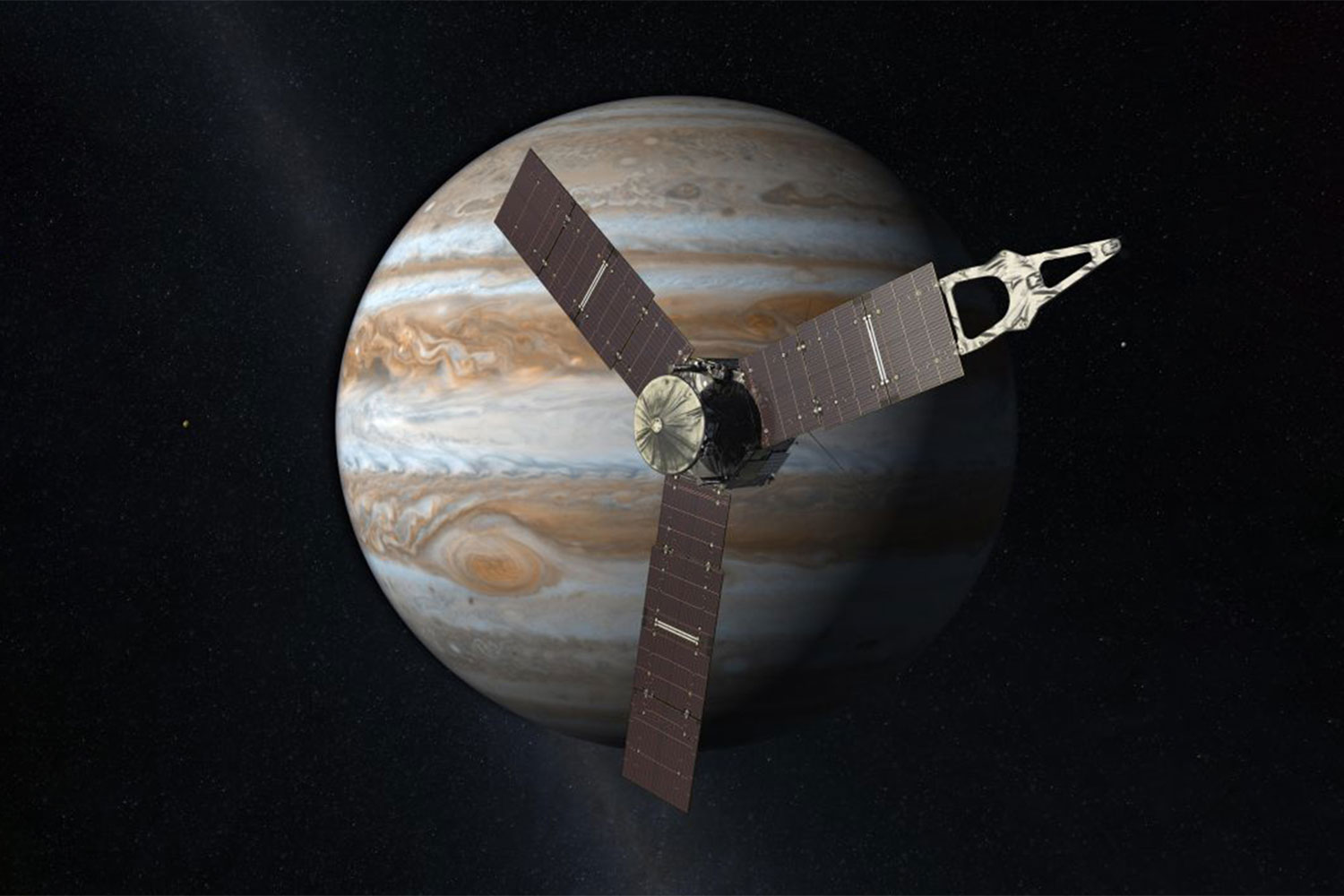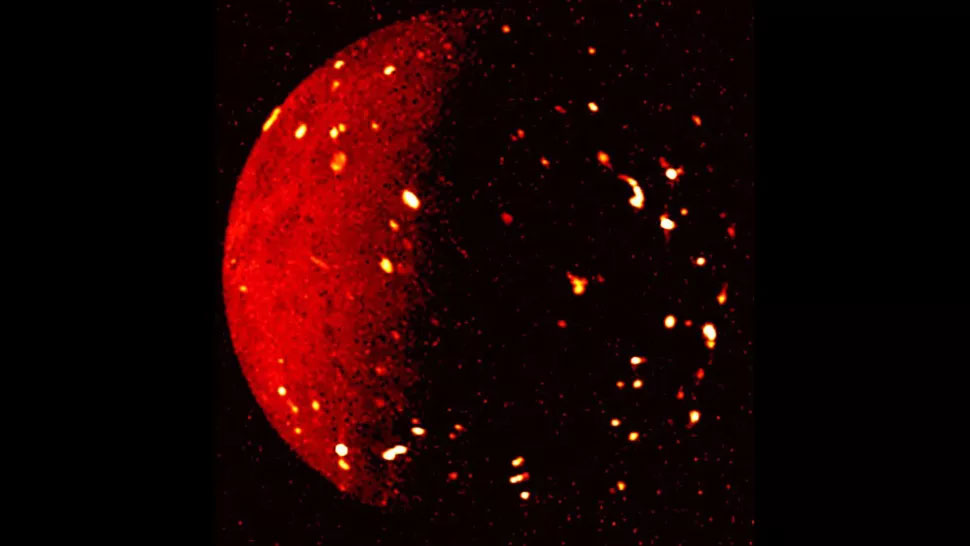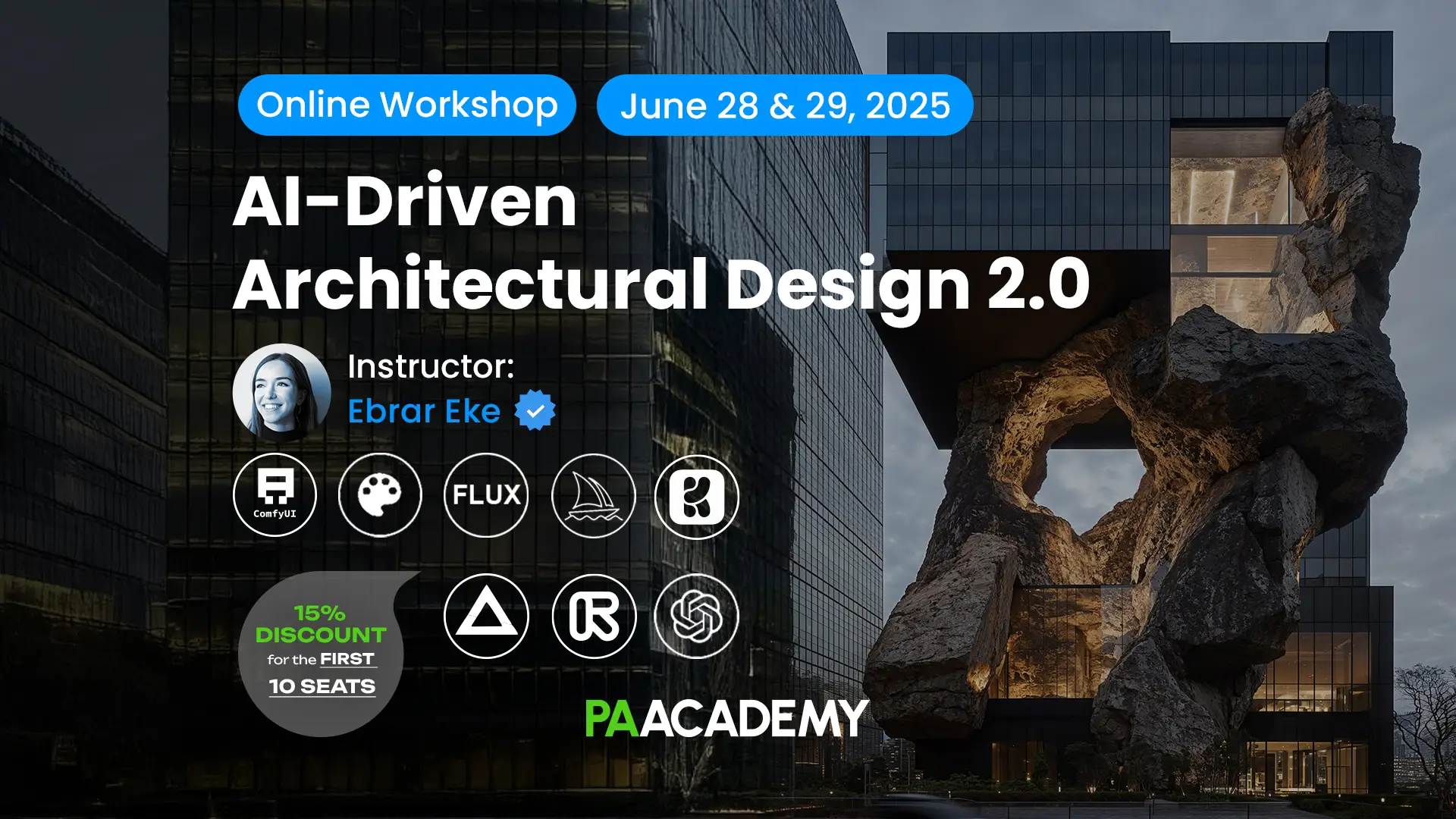The Juno spacecraft, sent to orbit Jupiter 11 years ago by NASA, captured extraordinary images of Jupiter’s third-largest moon, Io. The last similar images of the 3,600-kilometer-wide satellite were taken about 20 years ago.
The Juno spacecraft has been orbiting Jupiter since 2016, NASA has reached impressive results with the discovery of water in Jupiter’s atmosphere and evidence of aurora.
The Juno spacecraft has passed by the Jupiter moon at a distance of 80,000km, to reveal details of the lava-strewn landscape.
“The team is really excited to have Juno’s extended mission include the study of Jupiter’s moons. With each close flyby, we have been able to obtain a wealth of new information,” said Scott Bolton, Juno’s principal investigator.
“We have a number of objectives besides trying to understand the volcanoes and lava flows, and to map them,” said Juno’s principal investigator, Dr. Scott Bolton from the Southwest Research Institute.
“We’re also going to be looking at the gravity field, trying to understand the interior structure of Io, to see if we can constrain whether the magma that’s creating all these volcanoes forms a global ocean, or whether it’s spotty,” he told BBC News .
About Juno Spacecraft
Juno is solar powered spacecraft and NASA’s artificial satellite orbiting Jupiter’s atmosphere. Juno was launched from Cape Canaveral Air Force Station on August 5, 2011, UTC. Actually, Juno is the second spacecraft after the nuclear-powered Galileo orbiter which orbited Jupiter’s atmosphere between 1995-2003.
In addition, Juno’s name comes from Greek and Roman mythology. Juno was chosen as the next New Frontiers mission after New Horizons on June 9, 2005. The Jet Propulsion Laboratory manages the mission but several institutions cooperated with this program. Scott Bolton of the Southwest Research Institute in San Antonio, Texas is the principal investigator and is responsible for all aspects of the mission.




















Leave a comment